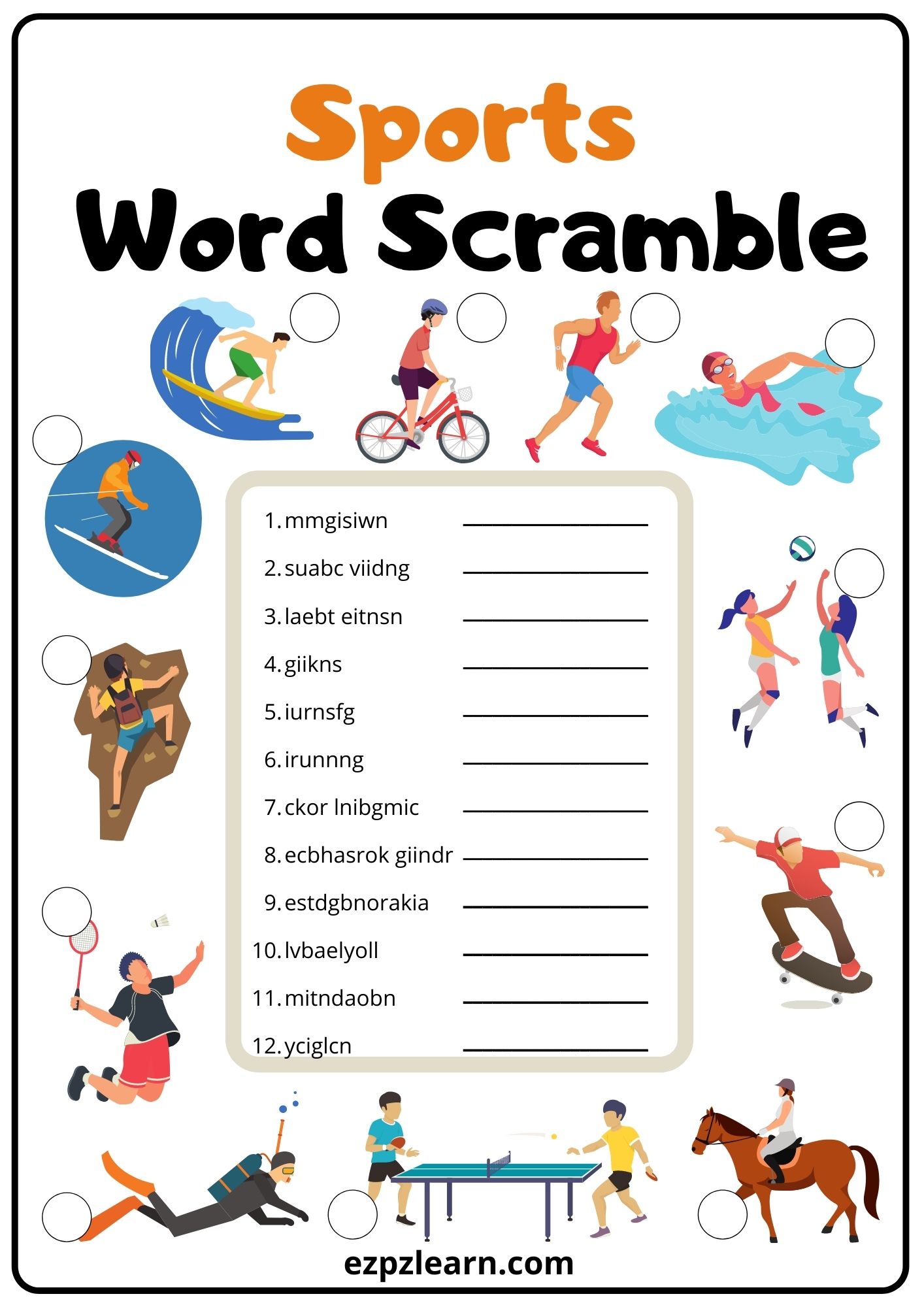All About Sports
All About Sports
All About Sports
The theory that “Adidas” stands for “All Day I Dream About Sports” gained traction through word of mouth. Social media and marketing campaigns often reinforce this catchy phrase, embedding it in pop culture juice bets. Despite its popularity, credible sources consistently affirm that “Adidas” derives from the founder’s name, Adi Dassler. This myth persists largely because it reflects the passion associated with sports, creating an emotional link for many people.
Have you ever wondered what the name “Adidas” really means? If you’ve seen the iconic three stripes, you might think it stands for something profound, like “All Day I Dream About Sports.” This catchy phrase has circulated for years, but is it actually true?
While “All Day I Dream About Sports” may be a catchy phrase for fans it doesn’t capture the true essence of Adidas. The brand’s roots lie in the passion and vision of Adi Dassler who aimed to elevate athletic performance.
Adidas has transformed significantly since its inception. Founded in 1949, the brand initially focused solely on sports equipment. By the 1980s, Adidas branched into lifestyle footwear, blending performance with everyday wear. Collaborations with designers like Yohji Yamamoto and fashion lines such as Adidas by Stella McCartney elevated the brand’s status. The introduction of innovative technologies like Boost cushioning and Primeknit fabric marked a shift toward enhanced performance and comfort. Today, Adidas stands as a global leader in athletic and lifestyle markets, merging sports heritage with modern trends.
By this time, the brothers had already joined the Nazi Party in Germany (in fact, it was their Nazi connections that made it possible for them to get access to Owens in the first place) and during World War II they produced shoes for German soldiers (and by the end of the war they had transformed their factory into an armament production factory for the war effort). For a rising company in Germany in the 1930s, becoming a member of the Nazi party was practically a necessity, so I would not be so quick to judge the Dassler brothers on their actual political viewpoints. That said, while it was practically a necessity, it was not actually a necessity, so they certainly have to take at least some heat for their political alliances.
Sports Words
Below is a massive list of sports words – that is, words related to sports. The top 4 are: football, activities, soccer and athletics. You can get the definition(s) of a word in the list below by tapping the question-mark icon next to it. The words at the top of the list are the ones most associated with sports, and as you go down the relatedness becomes more slight. By default, the words are sorted by relevance/relatedness, but you can also get the most common sports terms by using the menu below, and there’s also the option to sort the words alphabetically so you can get sports words starting with a particular letter. You can also filter the word list so it only shows words that are also related to another word of your choosing. So for example, you could enter «football» and click «filter», and it’d give you words that are related to sports and football.
Moving into the Middle Ages, certain sports were closely involved with military training. During this time, knights used these practices and competitions to hone their fighting skills. This extended to dangerous sports like jousting, which were featured in Medieval tournaments and seen as part training, part entertainment.

Below is a massive list of sports words – that is, words related to sports. The top 4 are: football, activities, soccer and athletics. You can get the definition(s) of a word in the list below by tapping the question-mark icon next to it. The words at the top of the list are the ones most associated with sports, and as you go down the relatedness becomes more slight. By default, the words are sorted by relevance/relatedness, but you can also get the most common sports terms by using the menu below, and there’s also the option to sort the words alphabetically so you can get sports words starting with a particular letter. You can also filter the word list so it only shows words that are also related to another word of your choosing. So for example, you could enter «football» and click «filter», and it’d give you words that are related to sports and football.
Moving into the Middle Ages, certain sports were closely involved with military training. During this time, knights used these practices and competitions to hone their fighting skills. This extended to dangerous sports like jousting, which were featured in Medieval tournaments and seen as part training, part entertainment.
You can highlight the terms by the frequency with which they occur in the written English language using the menu below. The frequency data is extracted from the English Wikipedia corpus, and updated regularly. If you just care about the words’ direct semantic similarity to sports, then there’s probably no need for this.
There are already a bunch of websites on the net that help you find synonyms for various words, but only a handful that help you find related, or even loosely associated words. So although you might see some synonyms of sports in the list below, many of the words below will have other relationships with sports – you could see a word with the exact opposite meaning in the word list, for example. So it’s the sort of list that would be useful for helping you build a sports vocabulary list, or just a general sports word list for whatever purpose, but it’s not necessarily going to be useful if you’re looking for words that mean the same thing as sports (though it still might be handy for that).
All About Sports
High-profile events command vast audiences, driving lucrative media-rights deals. The 2006 FIFA World Cup final drew over 700 million viewers worldwide, and the 2011 Cricket World Cup final was watched by approximately 135 million viewers in India alone. In the US, the Super Bowl ranks as the most-watched annual television broadcast, with Super Bowl XLIX in 2015 averaging 114 million viewers. Super Bowl Sunday is considered an unofficial national holiday, and in 2015 a 30-second advertising spot sold for approximately US$4.5 million.
In communist controlled East Germany, from the 1970’s to 1990, ‘an estimated 3,000 unofficial collaborators were used each year in top-level sport, including many football players, fans and referees’. Among the most important reasons for the Stasi setting up this extensive network of collaborators was to prevent athletes escaping to the West, using both methods of surveillance and repression.
The increase in technology has also allowed many decisions in sports matches to be taken, or reviewed, off-field, with another official using instant replays to make decisions. In some sports, players can now challenge decisions made by officials. In Association football, goal-line technology makes decisions on whether a ball has crossed the goal line or not. The technology is not compulsory, but was used in the 2014 FIFA World Cup in Brazil, and the 2015 FIFA Women’s World Cup in Canada, as well as in the Premier League from 2013–14, and the Bundesliga from 2015–16. In the NFL, a referee can ask for a review from the replay booth, or a head coach can issue a challenge to review the play using replays. The final decision rests with the referee. A video referee (commonly known as a Television Match Official or TMO) can also use replays to help decision-making in rugby (both league and union). In international cricket, an umpire can ask the Third umpire for a decision, and the third umpire makes the final decision. Since 2008, a decision review system for players to review decisions has been introduced and used in ICC-run tournaments, and optionally in other matches. Depending on the host broadcaster, a number of different technologies are used during an umpire or player review, including instant replays, Hawk-Eye, Hot Spot and Real Time Snickometer. Hawk-Eye is also used in tennis to challenge umpiring decisions.

High-profile events command vast audiences, driving lucrative media-rights deals. The 2006 FIFA World Cup final drew over 700 million viewers worldwide, and the 2011 Cricket World Cup final was watched by approximately 135 million viewers in India alone. In the US, the Super Bowl ranks as the most-watched annual television broadcast, with Super Bowl XLIX in 2015 averaging 114 million viewers. Super Bowl Sunday is considered an unofficial national holiday, and in 2015 a 30-second advertising spot sold for approximately US$4.5 million.
In communist controlled East Germany, from the 1970’s to 1990, ‘an estimated 3,000 unofficial collaborators were used each year in top-level sport, including many football players, fans and referees’. Among the most important reasons for the Stasi setting up this extensive network of collaborators was to prevent athletes escaping to the West, using both methods of surveillance and repression.
The increase in technology has also allowed many decisions in sports matches to be taken, or reviewed, off-field, with another official using instant replays to make decisions. In some sports, players can now challenge decisions made by officials. In Association football, goal-line technology makes decisions on whether a ball has crossed the goal line or not. The technology is not compulsory, but was used in the 2014 FIFA World Cup in Brazil, and the 2015 FIFA Women’s World Cup in Canada, as well as in the Premier League from 2013–14, and the Bundesliga from 2015–16. In the NFL, a referee can ask for a review from the replay booth, or a head coach can issue a challenge to review the play using replays. The final decision rests with the referee. A video referee (commonly known as a Television Match Official or TMO) can also use replays to help decision-making in rugby (both league and union). In international cricket, an umpire can ask the Third umpire for a decision, and the third umpire makes the final decision. Since 2008, a decision review system for players to review decisions has been introduced and used in ICC-run tournaments, and optionally in other matches. Depending on the host broadcaster, a number of different technologies are used during an umpire or player review, including instant replays, Hawk-Eye, Hot Spot and Real Time Snickometer. Hawk-Eye is also used in tennis to challenge umpiring decisions.
